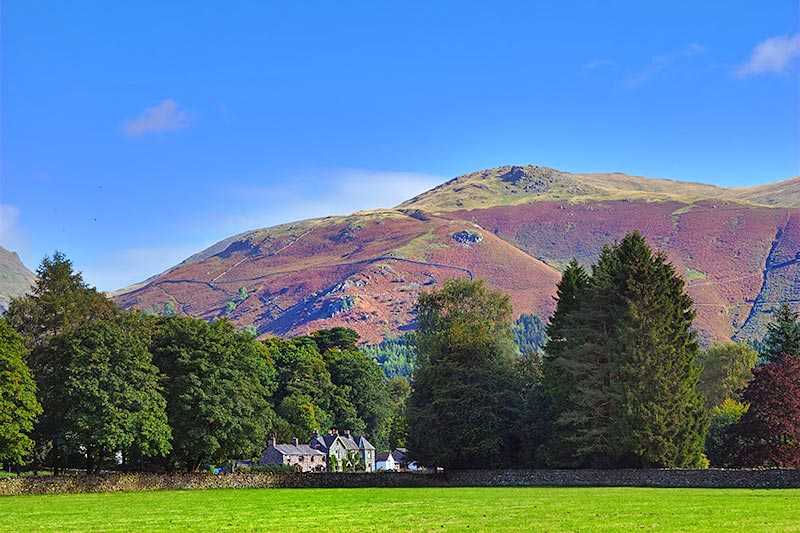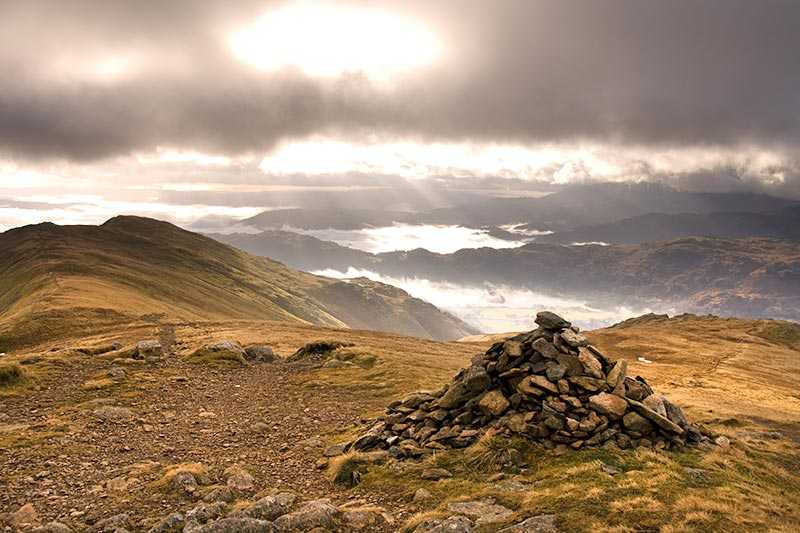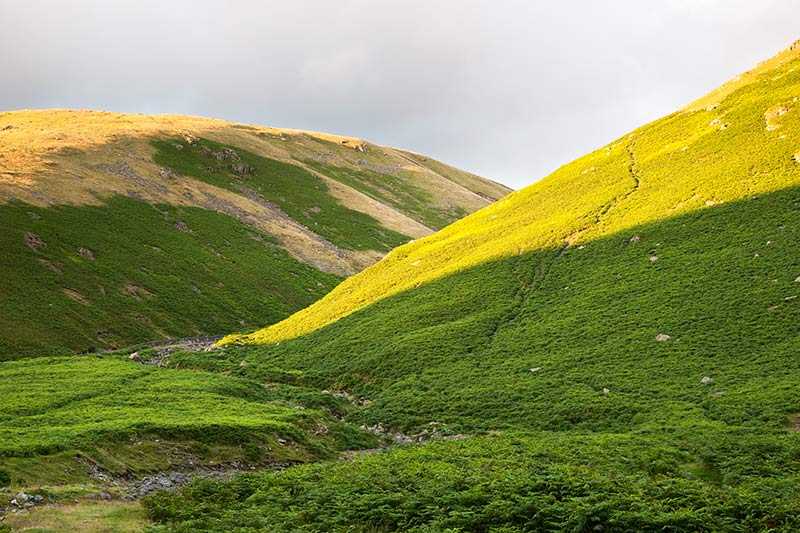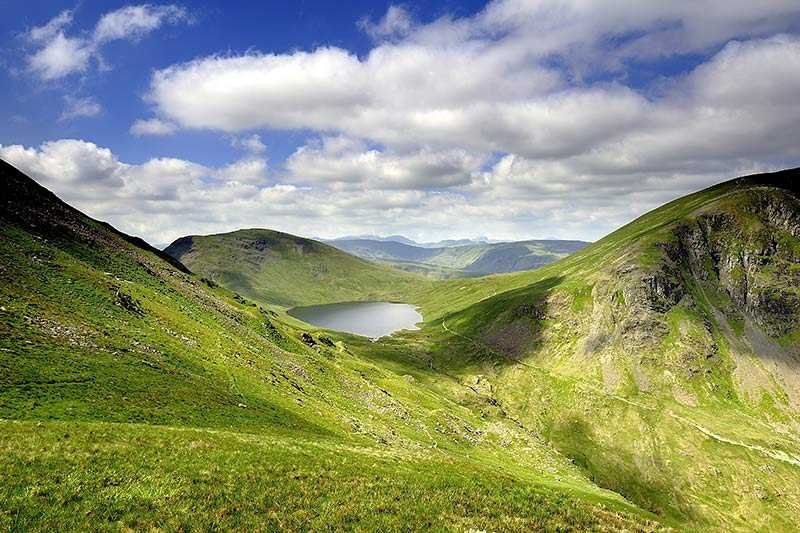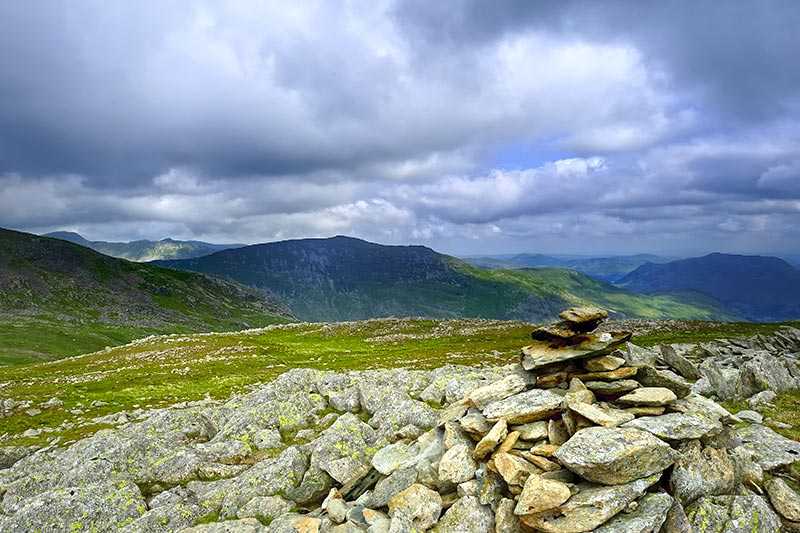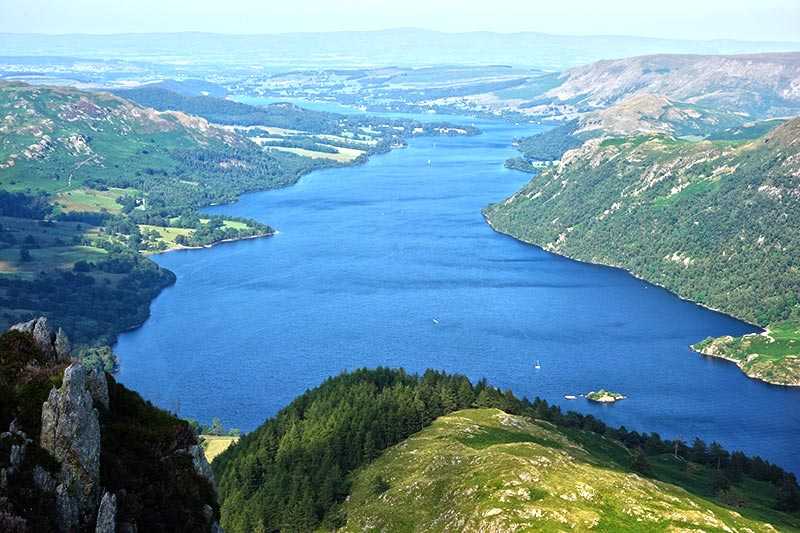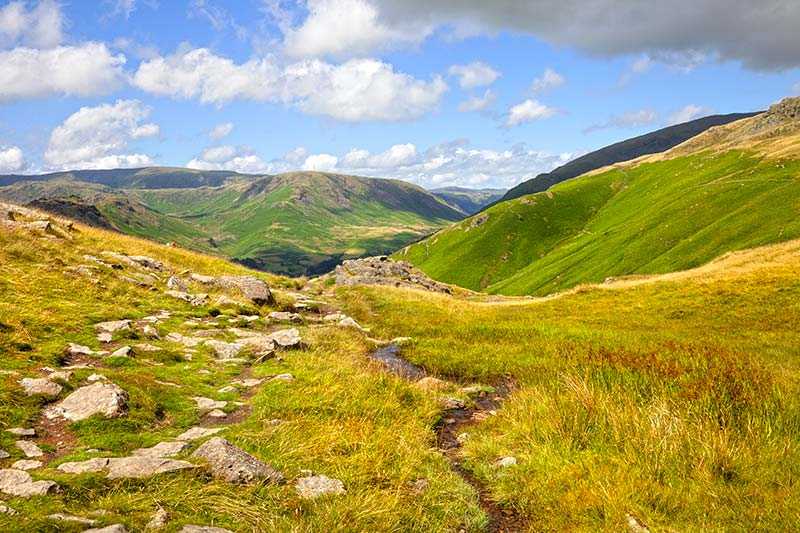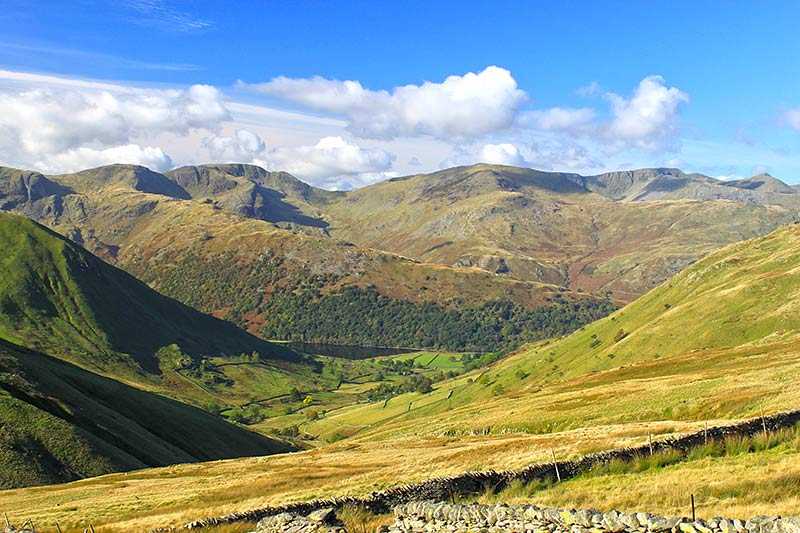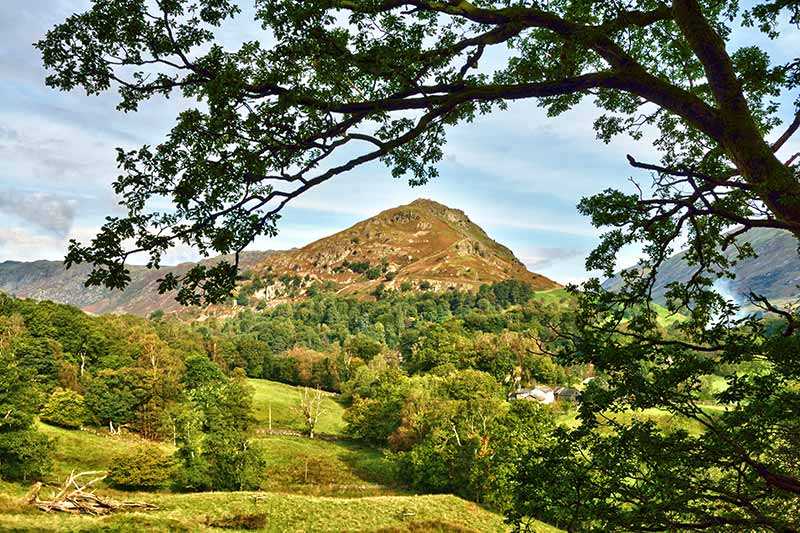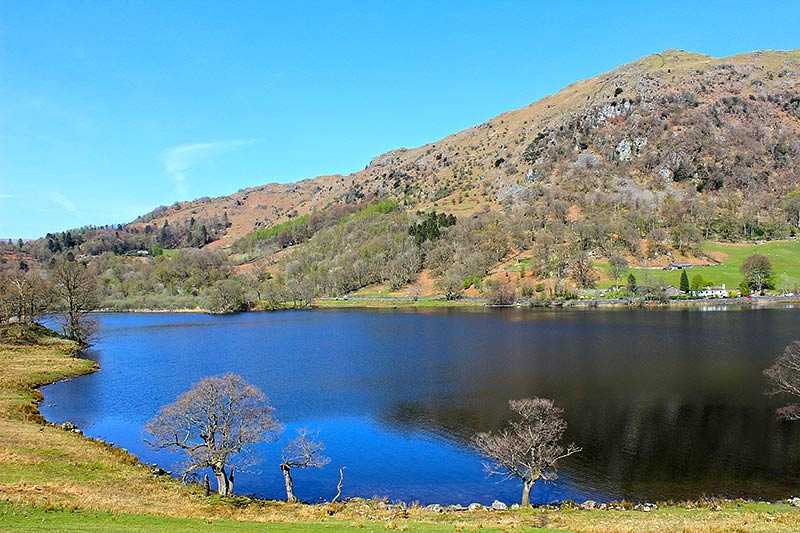Great Rigg
About Great Rigg
Great Rigg stands in the Eastern Fells at an elevation of 766 m (2,513 ft) above sea level and has a prominence of 31 m (102 ft). The term ‘rigg’ in its name means bumpy o...
About Great Rigg
Great Rigg stands in the Eastern Fells at an elevation of 766 m (2,513 ft) above sea level and has a prominence of 31 m (102 ft). The term ‘rigg’ in its name means bumpy or knobbly ridge and it is a satellite of Fairfield, technically no more than a ripple on that fell’s southern ridge, but its prominence earns it a listing in its own right and it is classified as a He...
Things to do near Great Rigg
Private Sail and Dine Experience on Lake Windermere
8 Lakes in a Morning
Private Yorkshire Dales from Windermere in a 16 seater Mercedes
Private Sailing Experience on Lake Windermere
Lake District Walking Tour
4-Hour Private Lake Tours by 4x4
Private Sailing Experience on Lake Windermere
Ultimate Full-Day Lake District Tour: 10 Lakes, Amazing Scenery & Lake Cruise
Rock Climbing in Keswick
Canoe on Derwent Water
Climb in the Mine
Canoe River Trip
Paddle Boarding on Derwent Water
Ghyll Scrambling Water Adventure in the Lake District
Ultimate Full-Day Lake District Tour: 10 Lakes, Amazing Scenery & Lake Cruise
Kayak on Derwent Water
Ultimate Full-Day Lake District Tour: 10 Lakes, Amazing Scenery & Lake Cruise
Private Family Bird of Prey Experience in Carlisle
Coniston Water Wild Cat Island Cruise Yellow Route
Error: AuthFailure
A problem with your API key prevents the map from rendering correctly. Please make sure the value of the APIProvider.apiKey prop is correct. Check the error-message in the console for further details.
Attractions near Great Rigg
Activities
About Great Rigg
About Great Rigg
Great Rigg stands in the Eastern Fells at an elevation of 766 m (2,513 ft) above sea level and has a prominence of 31 m (102 ft). The term ‘rigg’ in its name means bumpy or knobbly ridge and it is a satellite of Fairfield, technically no more than a ripple on that fell’s southern ridge, but its prominence earns it a listing in its own right and it is classified as a Hewitt, a Nuttall and a Wainwright.
The cairn on the summit is fairly substantial, perhaps because of the volume of walkers who ascend it. It is so significant that it is even named on maps as Greatrigg Man. From the summit, a large number of lakes are visible, with ten of the Lake District’s major bodies of water in view. There are also pleasing views of the Lakeland mountains to the west, notably the Scafells and the Coniston range.
Climbing Great Rigg
Great Rigg is very rarely ascended in its own right. It is most commonly climbed en route to Fairfield, which is close by to the north, or as part of the Fairfield Horseshoe, a 16 km circular walk that begins and ends in Ambleside.
An alternative approach to the summit can be made via Grasmere, by way of Stone Arthur, a rocky tor halfway up Great Rigg’s south western ridge which was given the status of a separate fell by Wainwright.
